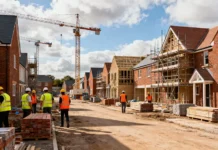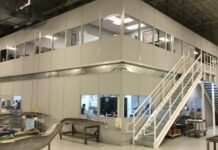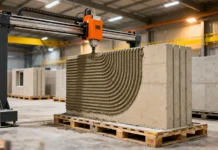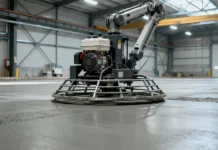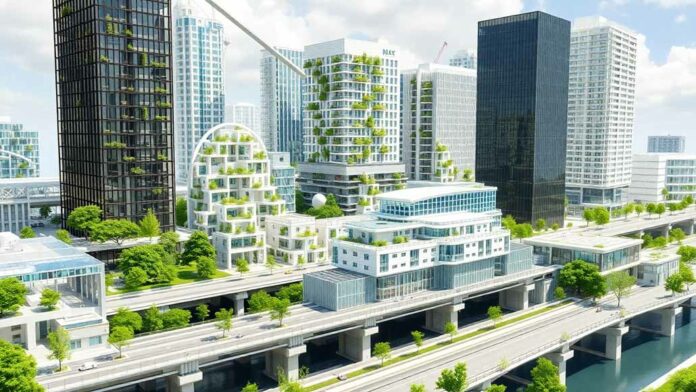In the rapidly evolving landscape of civil engineering, technological advancements continue to redefine how projects are conceived, designed, and executed. Among these innovations, parametric design has emerged as a transformative approach that leverages computational power to optimise and innovate construction processes. This paradigm shift is playing a critical role in enhancing sustainability, efficiency, and precision in modern civil engineering projects.
Parametric design redefining civil engineering involves defining design parameters and establishing relationships among them to generate complex, adaptable, and efficient structures. Unlike traditional design methods that rely heavily on static plans and manual calculations, parametric design offers dynamic flexibility, allowing engineers and architects to simulate real-world variables, explore multiple design options rapidly, and optimise outcomes based on various constraints.
The Rise of Parametric Design in Civil Engineering
Parametric design has gained momentum over the past decade, driven by advancements in computational design tools, increasing project complexity, and the urgent need for sustainable development. The adoption of Building Information Modeling (BIM), artificial intelligence (AI), and parametric software like Rhino, Grasshopper, and Autodesk Dynamo has significantly facilitated this transition.
Parametric design introduces a different logic—where design elements are interconnected through algorithms, enabling real-time adjustments and rapid iteration of multiple design scenarios.
This shift aligns with the broader digital transformation within the industry, emphasising smart, data-driven decision-making. Parametric models incorporate variables such as material properties, environmental conditions, load factors, and space constraints, allowing engineers to develop more resilient, cost-effective, and environmentally sensitive solutions.
The adoption of parametric design redefining civil engineering also aligns with emerging trends like modular construction, adaptive architecture, and climate-responsive infrastructure. It allows for a seamless integration of design, analysis, and manufacturing processes, creating efficiencies that were previously not possible with conventional methods.
Technological Foundations of Parametric Design
At its core, parametric design relies on advanced computational algorithms that transform mathematical relationships into visual and structural models. The process begins with the identification of key design parameters, such as geometrical dimensions, structural loadings, environmental factors, and material constraints. These parameters are then interconnected within a parametric modeling environment.
The software tools used typically incorporate visual programming interfaces, enabling engineers to develop scripts and algorithms that automate the generation of complex geometries and structural systems. This automation allows for rapid exploration of variations, optimisation, and sensitivity analysis, evaluating how small parameter adjustments impact the overall design.
Hybrid approaches integrating artificial intelligence and machine learning are increasingly being used to refine parametric models further. These systems analyse historical data and predict optimal parameter sets, enabling the development of innovative solutions that balance performance, cost, and sustainability.
Furthermore, parametric design is closely linked to other digital technologies such as BIM and digital twins, which facilitate the seamless transition from virtual models to physical construction, ensuring accuracy and reducing waste.
Practical Applications and Case Studies
The influence of parametric design extends across numerous civil engineering domains, including infrastructure, bridges, high-rise buildings, and environmental adaptation. In infrastructure projects, parametric modeling allows engineers to optimise foundation shapes, drainage systems, and transportation network layouts, considering real-world conditions such as soil variability, climate, and usage patterns.
In bridge construction, parametric algorithms facilitate intricate geometries and load distribution models, resulting in lightweight, yet highly resilient structures capable of adapting to complex environments. For example, adaptive bridges designed via parametric models can accommodate dynamic traffic loads and environmental factors like wind or seismic activity.
Environmental considerations, such as flood prevention or climate adaptation, have also benefited from parametric design. Coastal infrastructure can be optimised for wave action, tide cycles, and storm surges, creating more durable and sustainable solutions.
A notable example involves the development of adaptive, climate-responsive urban spaces where public parks, plazas, and pathways are designed to shift and reshape dynamically, improving resilience and aesthetics while reducing environmental impact.
Benefits of Parametric Design in Civil Engineering
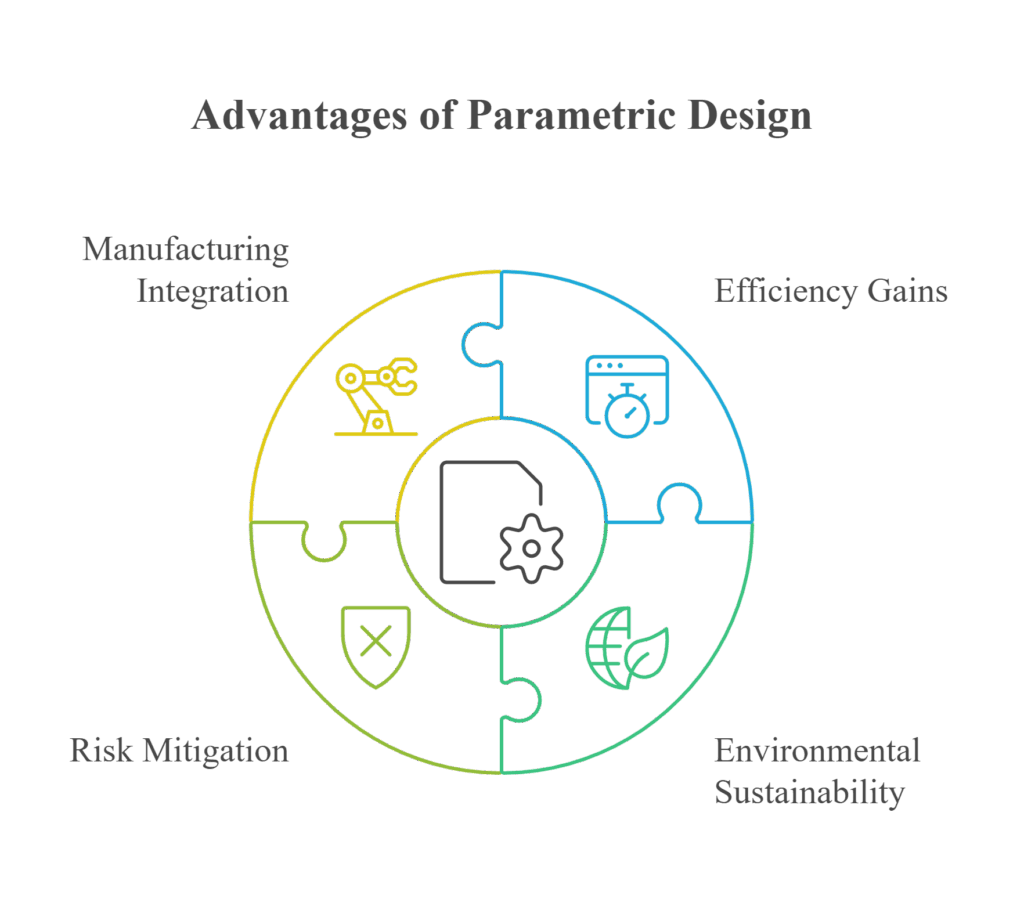
The primary advantage of parametric design lies in its capacity to generate highly optimised, adaptable structures that align closely with project-specific parameters. This flexibility leads to substantial efficiency gains in terms of design time, material usage, and cost reduction. By enabling engineers to explore multiple design options swiftly and evaluate their performance through simulations, parametric modeling fosters innovation and resilience.
Another critical benefit is the capacity for environmental sustainability. Parametric models can incorporate ecological variables, leading to designs that minimise resource consumption, reduce waste, and improve energy efficiency. Moreover, post-occupancy performance predictions based on real-time data support adaptive, climate-responsive infrastructure.
Risk mitigation is also enhanced, as parametric models facilitate comprehensive scenario analysis, identifying potential failure points under various load and environmental conditions before physical construction begins. This predictive capability reduces costly redesigns, delays, and safety incidents.
Furthermore, the integration of parametric design into manufacturing processes, such as prefabrication and 3D printing accelerates project timelines and reduces waste. When combined with BIM, it ensures that virtual models translate into precise, error-free construction.
Challenges and Future Directions
Despite its numerous benefits, integrating parametric design into civil projects presents challenges. The steep learning curve associated with advanced software tools and algorithms requires significant training and skilled personnel. Smaller firms often find it difficult to adopt such technology due to resource constraints.
Data interoperability issues pose another obstacle, as different systems and software tools may lack seamless communication, leading to data silos and errors. The rapidly evolving landscape of digital tools necessitates ongoing staff training and infrastructure upgrades, imposing additional costs.
Additionally, the implementation of parametric design in construction may face resistance from traditional stakeholders accustomed to conventional workflows. Ensuring collaboration across multidisciplinary teams remains essential to overcome these barriers.
Looking ahead, the future of parametric design in civil engineering lies in deeper integration with artificial intelligence, machine learning, and digital twin technology. These developments promise to automate and refine design processes, making them more intuitive and accessible. Emphasising sustainability, resilience, and adaptive infrastructure will position parametric design at the forefront of innovative civil engineering practices.
Conclusion
Parametric design is redefining the landscape of contemporary civil engineering by providing tools that foster innovation, optimize resource use, and enhance resilience. Its ability to generate complex, adaptive structures tailored to specific environmental and operational parameters makes it indispensable for tackling the challenges of modern infrastructure development.
As digital technologies continue to advance, the integration of parametric modeling with AI, BIM, and digital twins will further streamline construction workflows, reduce costs, and promote sustainable practices. Embracing this modern design enables engineers and architects to push the boundaries of what is possible, creating smarter, more resilient, and environmentally conscious infrastructure that meets the demands of a rapidly changing world.




